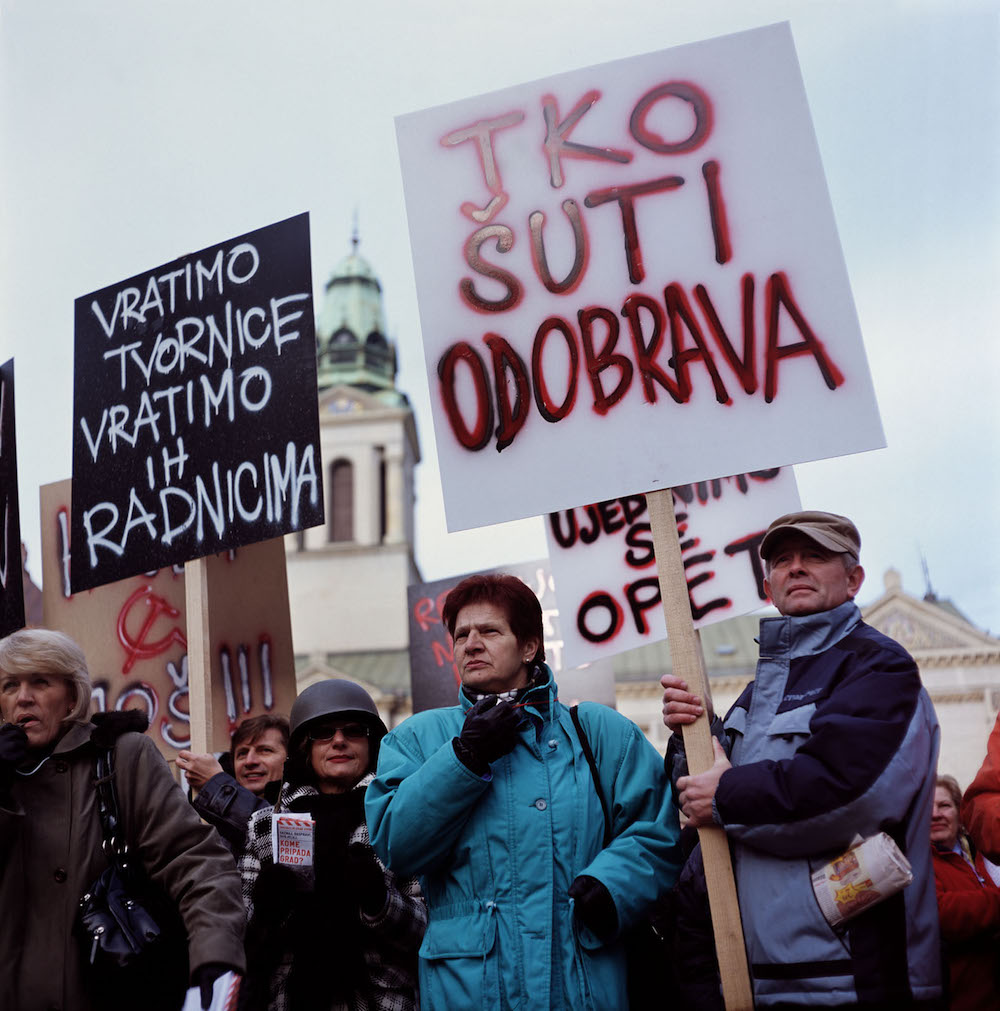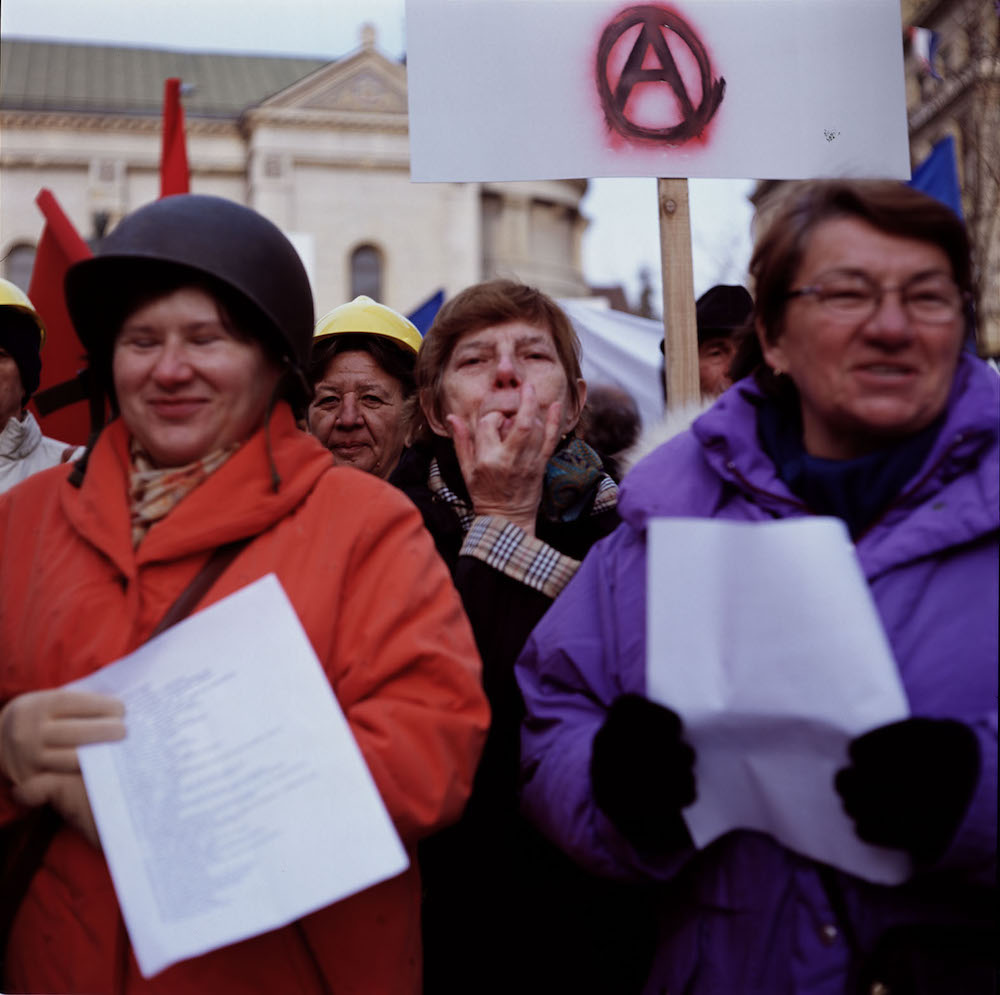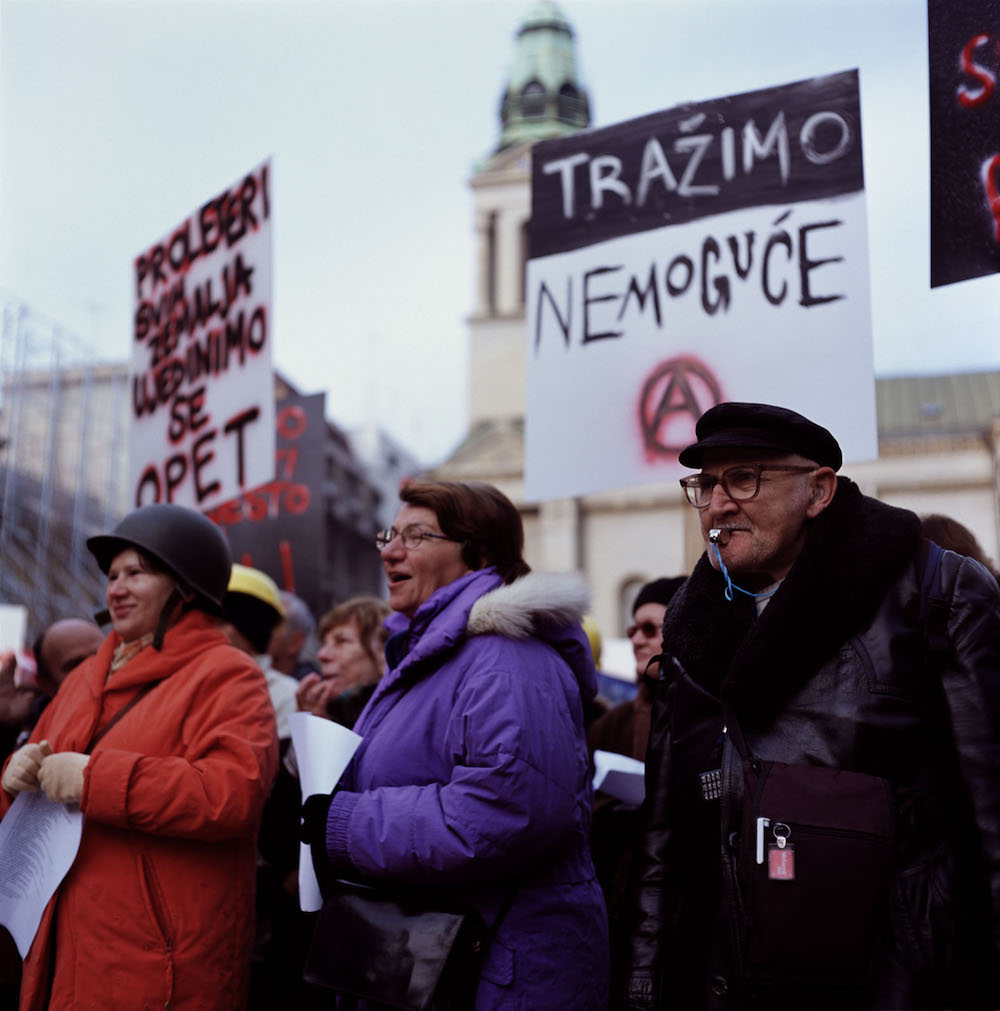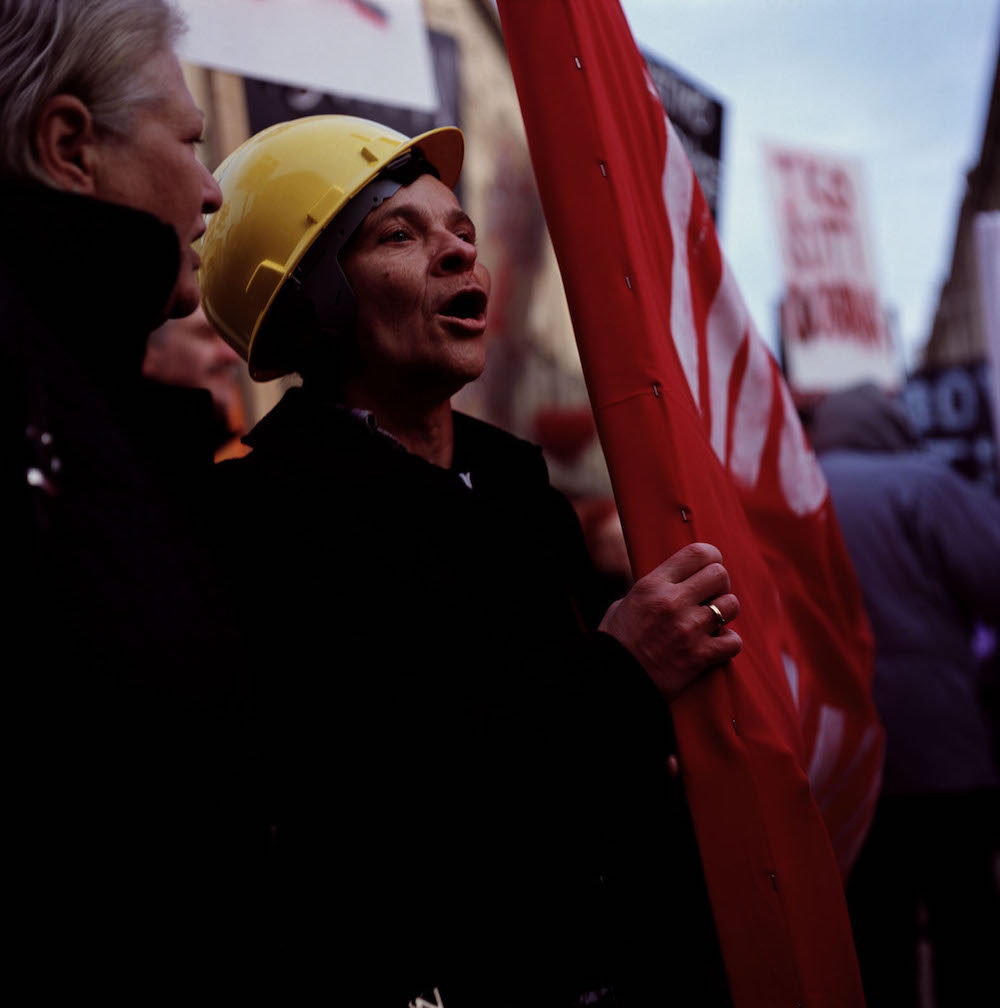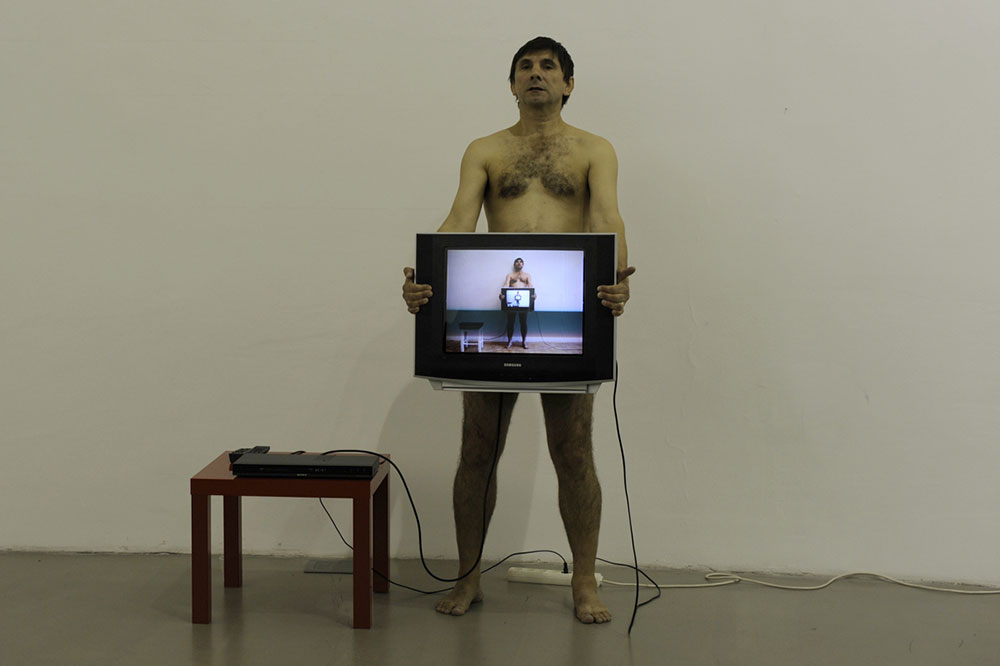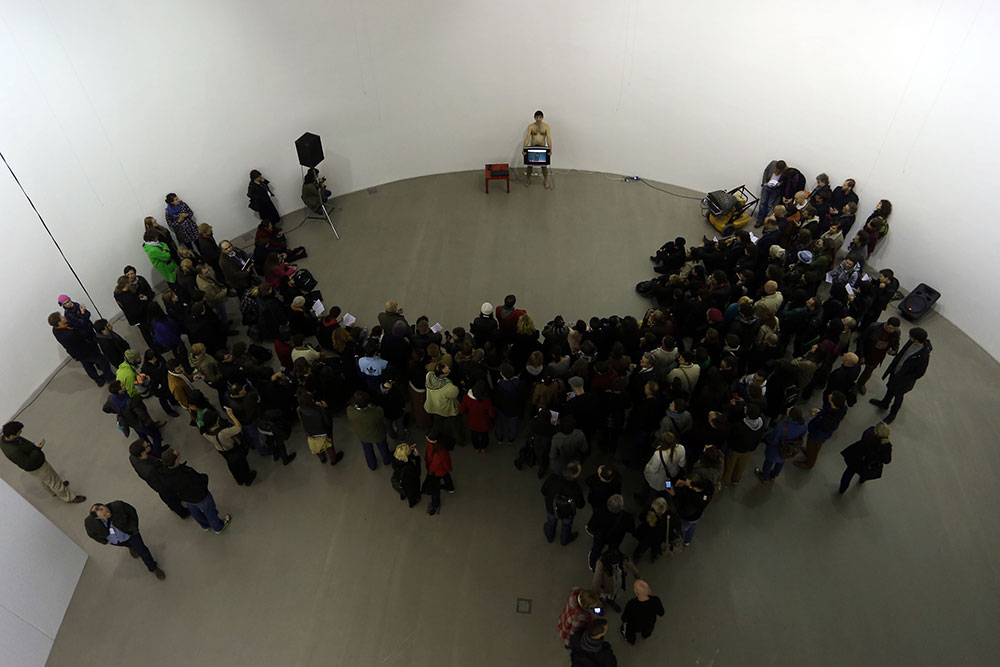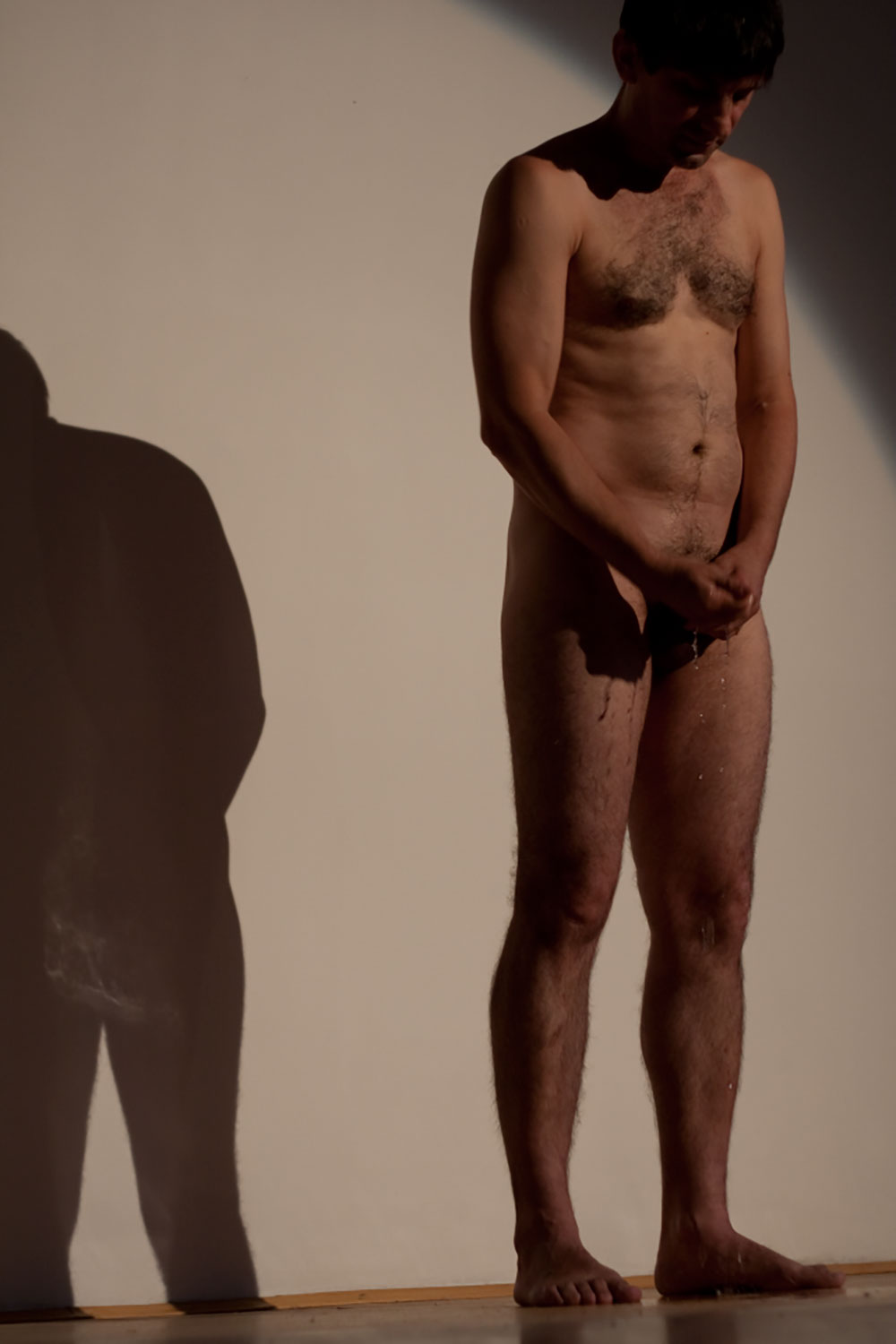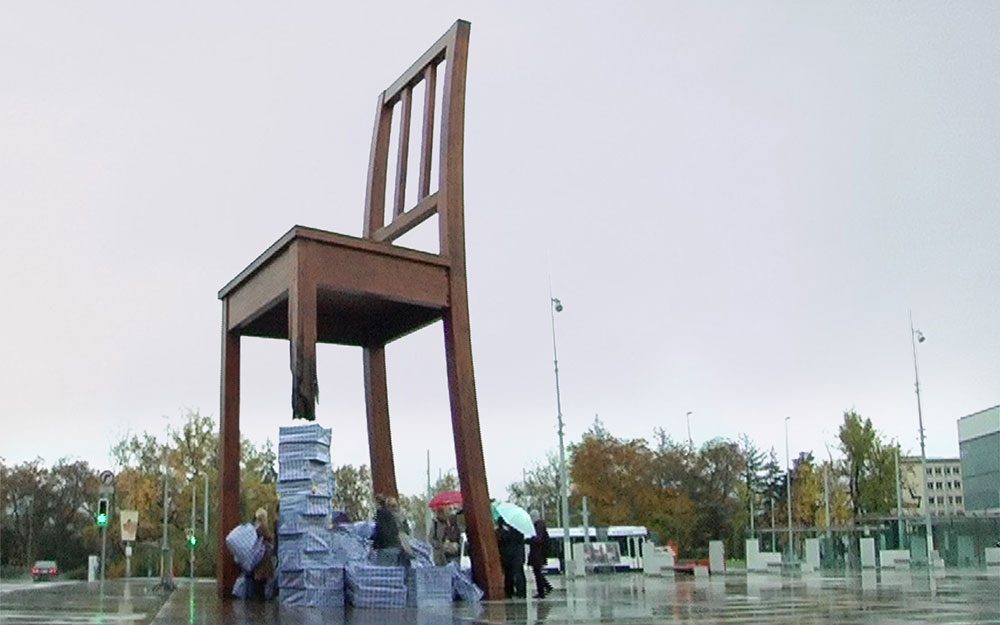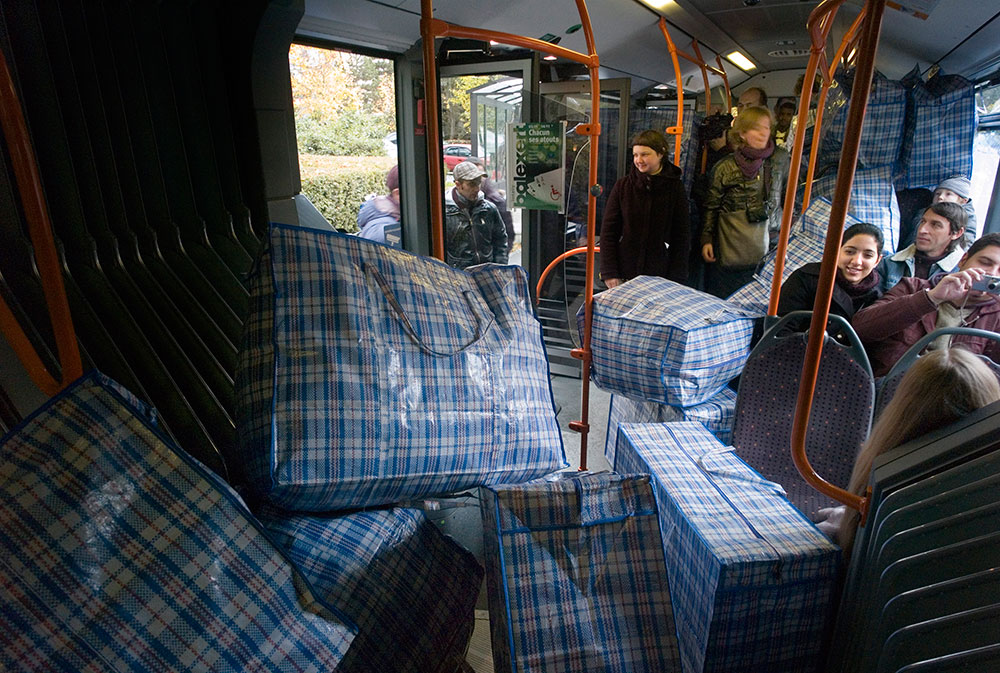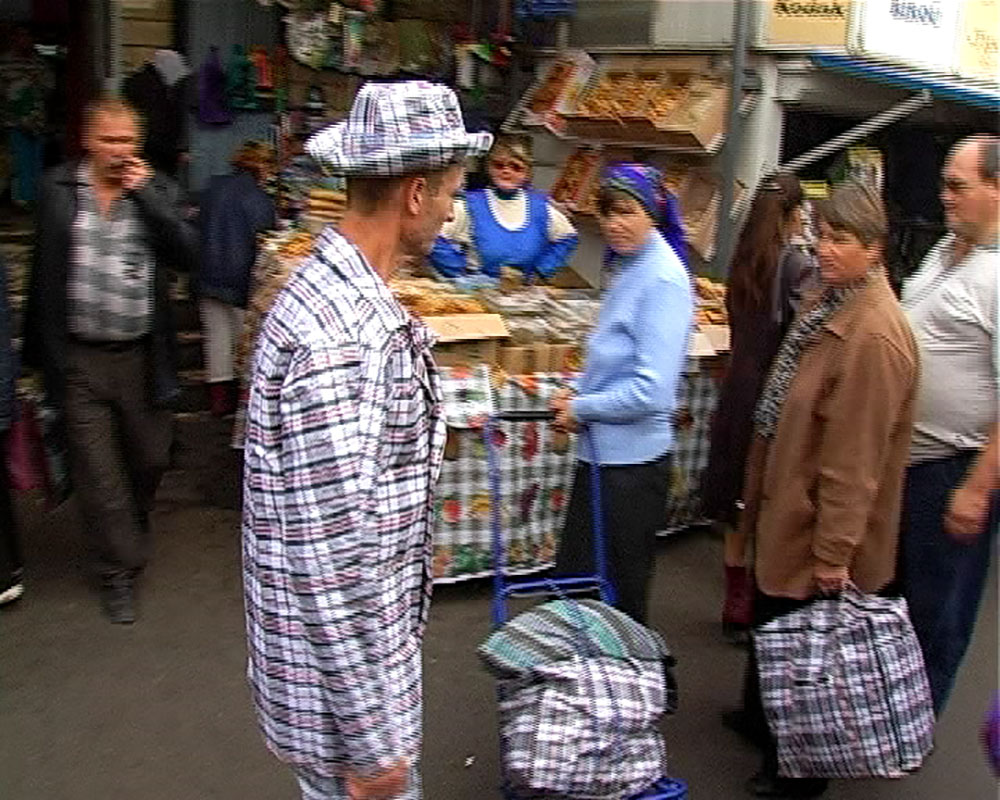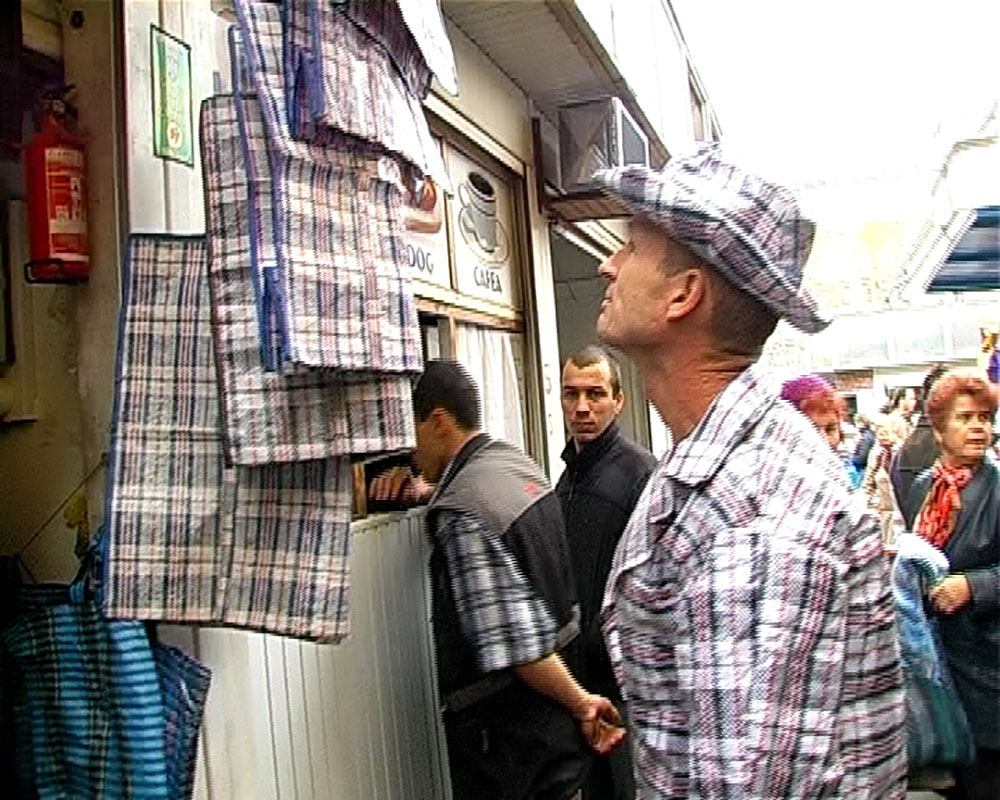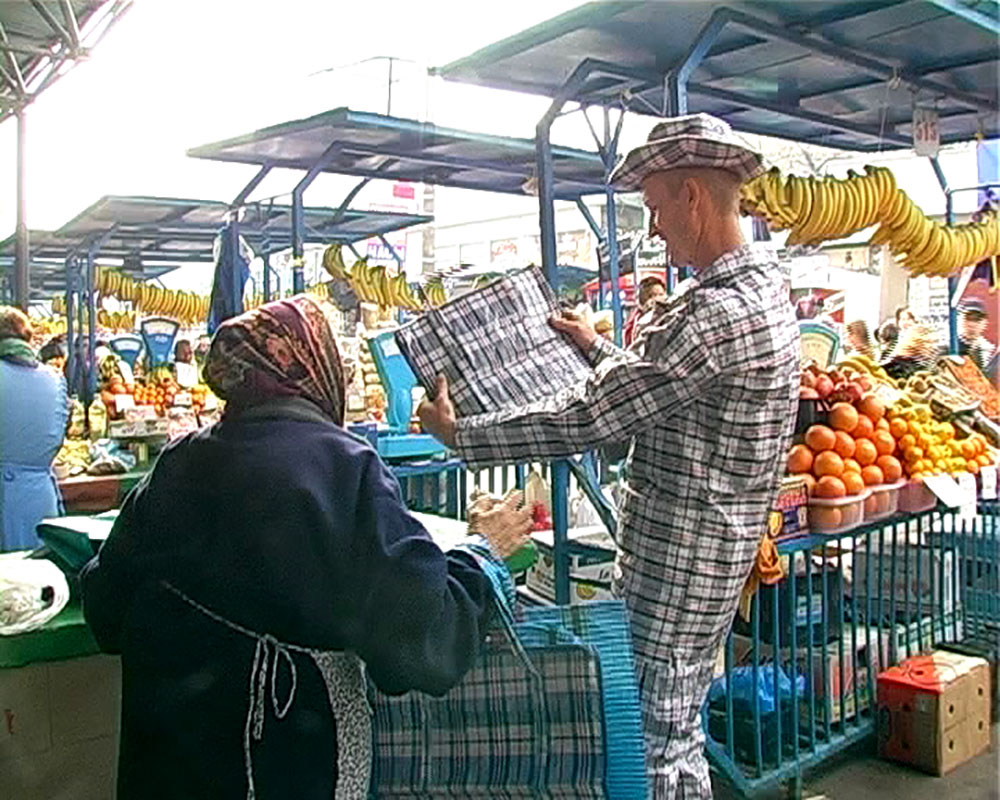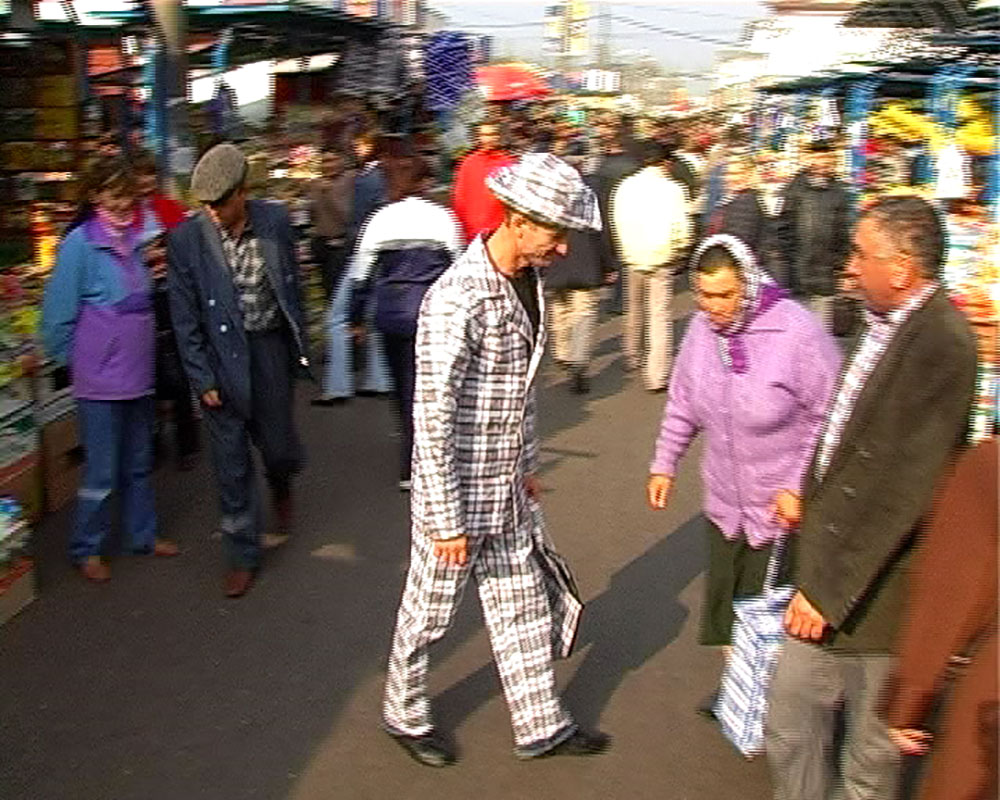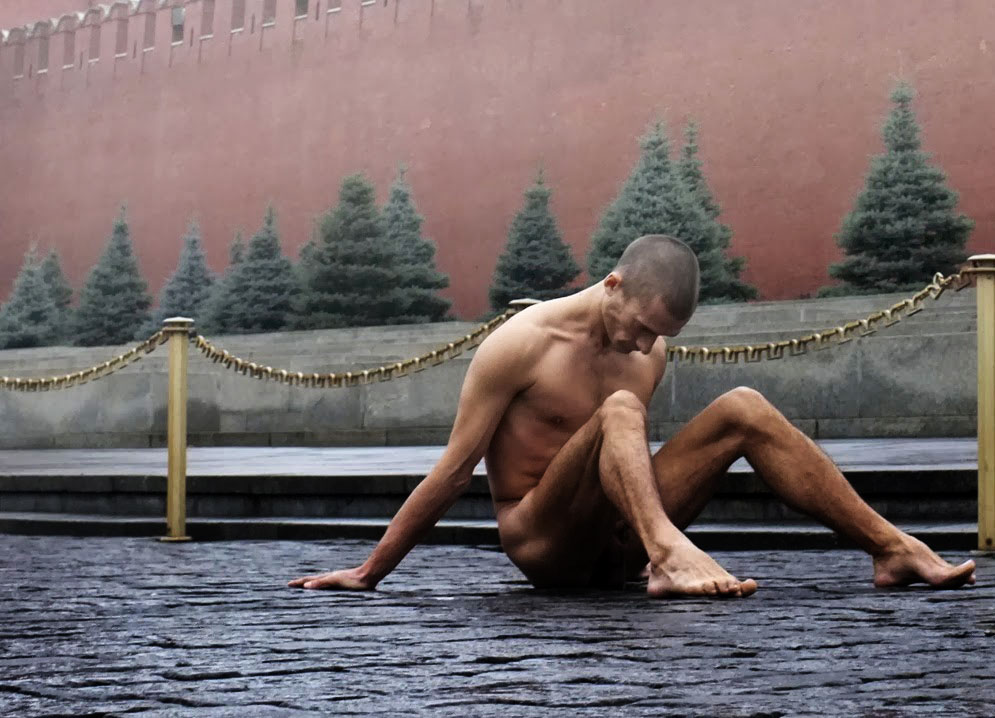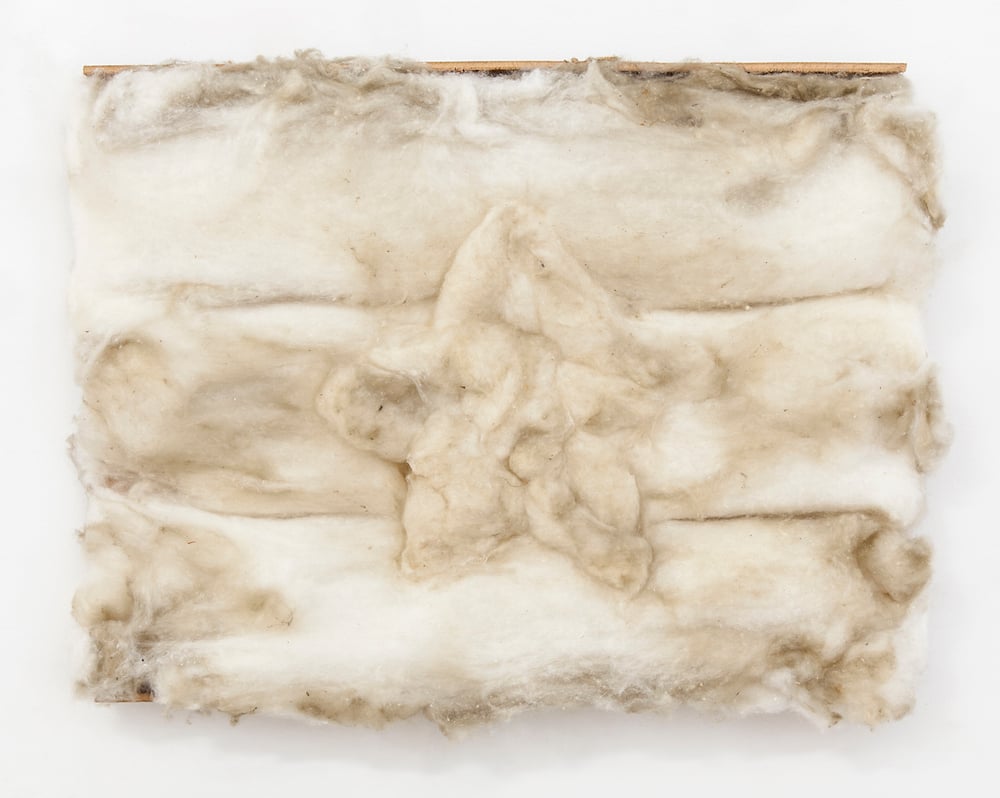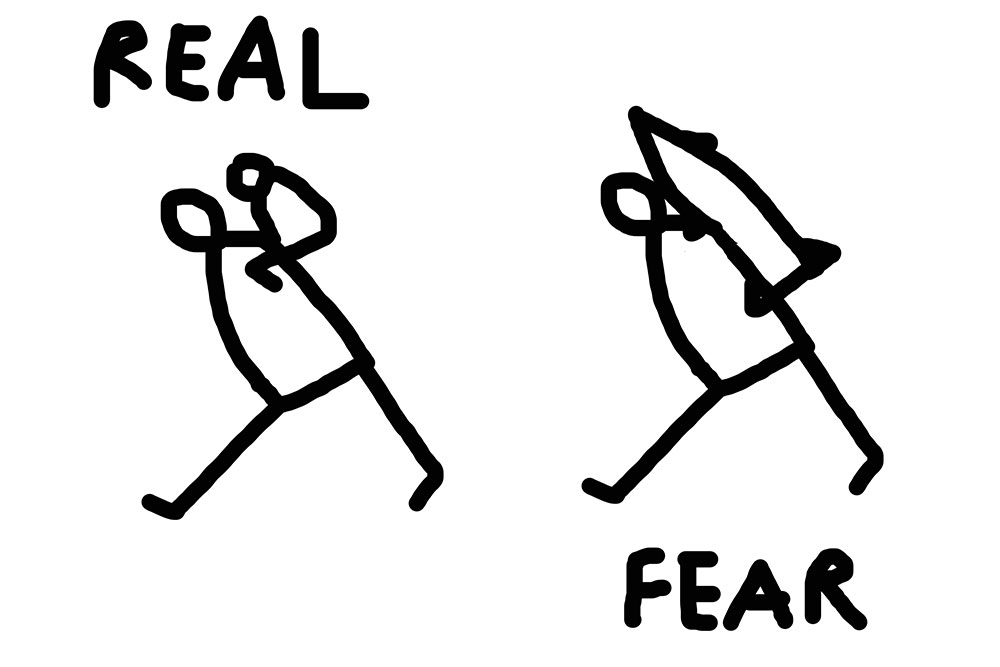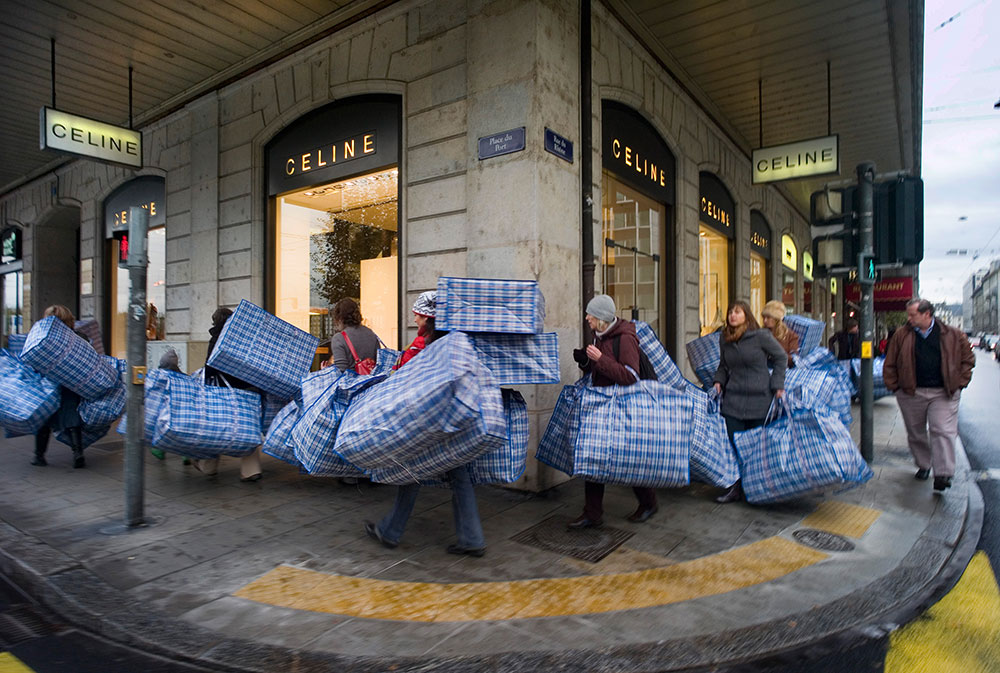
A lack of state support and the ongoing economic divide between the former East and West are among some of the issues affecting artists in an increasingly globalised and market-driven world. Amy Bryzgel explores how east European performance art has engaged with these and other societal problems over the past ten years
While artists working in Eastern Europe during the Cold War may have had the shortcomings of state-sponsored socialism to complain about, their counterparts in the post-communist period must grapple with the failures of both socialism and capitalism, as the generation of artists coming of age after the 1990s face economic challenges as well as censorship imposed by conservative, right-wing governments. Furthermore, they are working in an art world that is still divided into East and West, despite the fact that we witnessed the fall of the Berlin Wall more than 25 years ago. As left and right continue to battle it out in the political arena, it remains to be seen whether the solution to today’s social, political and economic ills lies in the welfare state or the market. Artists in the region deftly balance nostalgia for those things lost in the rubble of the communist dream and a critique of the current neo-liberal capitalist system, often using performance and participatory art to create visceral, engaging statements.
Estonian artist Flo Kasearu’s 2005 living sculpture, Estonian Sculpture (“I am dead”) cautioned against the dangers of globalisation in a post-communist world, in which the opening of borders resulted in mass migrations westwards. For her, the subsequent homogenisation of cultures could lead to a loss of national traditions, with countries small in stature, such as Estonia, at greatest risk. Standing alone on a platform in folk costume, her piece raises questions about the role of national art and the loss of local traditions and culture in the face of global capital, which has brought McDonald’s to Tallinn’s medieval Old Town and flooded the local market with foreign film, music and literature.
Born in 1985, Kasearu did not experience much of Soviet socialism; she was only six when Estonia declared independence from the USSR in August 1991. She knew, however, from hearsay, that during the Soviet period, while which there was little by way of popular entertainment, art and culture featured prominently in everyday life, to the extent that people would queue to get in to the latest exhibition at the National Art Museum. Motivated perhaps by nostalgia for a time she did not experience herself, Kasearu and her colleagues (Andra Aaloe, Aet Ader and Grete Soosalu) attempted to recreate this phenomenon in a participatory project, the social sculpture Artificial Queue (2010), which invited individuals to line up for an exhibition in the Tallinn Art Hall on the edge of the Old Town, for which the first 100 people there received 100 Kroons (6.6 EUR). In addition to recreating a lost past, the artist also draws attention to the recent economic crisis that hit the “Baltic Tiger” hard, by providing minimal artist fees for collaborators in the project.
On the other side of east Europe, Croatian artist Nemanja Cvijanović also attracted participants to his artwork through cash incentives. In 2008, he organized Applause to call attention not to the lost past, but the lack of civic society in contemporary Croatia. The artist hired 250 people to work as “extras” to demonstrate in the city centre. For holding banners and flags and chanting protests, they were paid 9 EUR each. Since the piece was paid for by public cultural funds, the financial exchange returned the money to the individuals who had effectively paid for it through taxes, although the artist commented that there were some unemployed people who showed up just for the cash.
Cvijanović’s Croatian counterpart in Zagreb, Siniša Labrović, has addressed the current economic crisis in a number of both individual performances and participatory art projects. For example, he created a demonstration of people walking around Zagreb with empty signs, calling attention to the lack of civic interest. He has put on numerous performances that address the precarious position of artists in contemporary society, which, unlike their predecessors working in socialist Yugoslavia, have little or no state support whatsoever. Labrović’s 2008 performance, Perpetuum Mobile, attempts to provide a solution for performance artists in particular, who are often asked to work for free. The piece creates a solution, by making the artist self-sustaining, as he drinks his own urine during the performance. In Work, the artist performs labour in an endless loop: the artist is filmed as he stands naked, holding a (rather heavy) TV. He then puts that film on a DVD and plays it on the TV he is holding, while he is being filmed again. Next, he puts that recording of him holding a TV playing him holding a TV into the DVD player, and this process is repeated until the artist is exhausted. Just as in Perpetuum Mobile, the artist can only rely on himself.
Euromaidan was perhaps the largest demonstration of civil unrest and public protest that Europe had seen in years. But prior to 2013, Ukrainian artists Yulia Kostereva and Yuriy Kruchak lamented the lack of active citizenship in their country. The artists created pieces that endeavoured to involve individuals to the extent that they would be inspired eventually to act. A participatory art project they did during a residency in Geneva, in 2009, did this quite effectively. on 7 November (a reference to the October 1917 Revolution), they invited 20 people to carry 80 plaid plastic raffia bags (commonly associated with refugees and migrants) across the city, on public transportation, and through popular tourist sites. The bags blocked the beautiful vistas and caused cramped conditions on buses. By bringing these bags, and the issues they referenced, out into public view, they not only attracted the attention of passers-by, but put the individuals carrying them in the position of the migrant, with all (angry) eyes upon them. The action turned public space into a space for dialogue, rather than simply a place of tourism and entertainment.
Two artists from Moldova have also used these raffia bags to call attention to the issues faced by individuals from “the East”. As objects, the bags are a visual marker of economic disadvantage, identified with individuals from poorer nations and background; rich people travel with Louis Vuitton luggage. Ghenadie Popescu has created a suit from these bags, and wore it around Chisinau’s Central Market in a 2006 performance entitled Bag (Torba). The artist wandered around the market, inspected the items for sale, including racks of the popular and cheap raffia bags. He wears his bag suit as a statement: “I am from here. This is all that I can afford.” Tatiana Fiodorova, also from Moldova, carries her blue plaid raffia bag around, emblazoned with a ring of yellow stars, calling to mind the EU flag. Her interest in her identity as an “Eastern” European artist stemmed from the time when she was refused a visa to come to the UK, with no reason given. Since then, she has used the bags, like Popescu and Kostereva and Kruchak, as a symbol of economic difference, specifically associated with Eastern Europe.
While the Fall of the Berlin Wall ushered in many changes for citizens of countries in Eastern Europe, it did not change the situation for artists as dramatically as one might have thought, nor did the new democratic freedoms translate into instant and complete artistic liberty. While during the communist period, artists in Eastern Europe may have been restricted by ideology, today, it is the market that in fact constricts them, as they struggle to eke out an existence as creative labourers. While by no means free, performance and participatory art is perhaps attractive to artists seeking to address these issues because if they have to rely only on their own bodies, they usually find that they can.
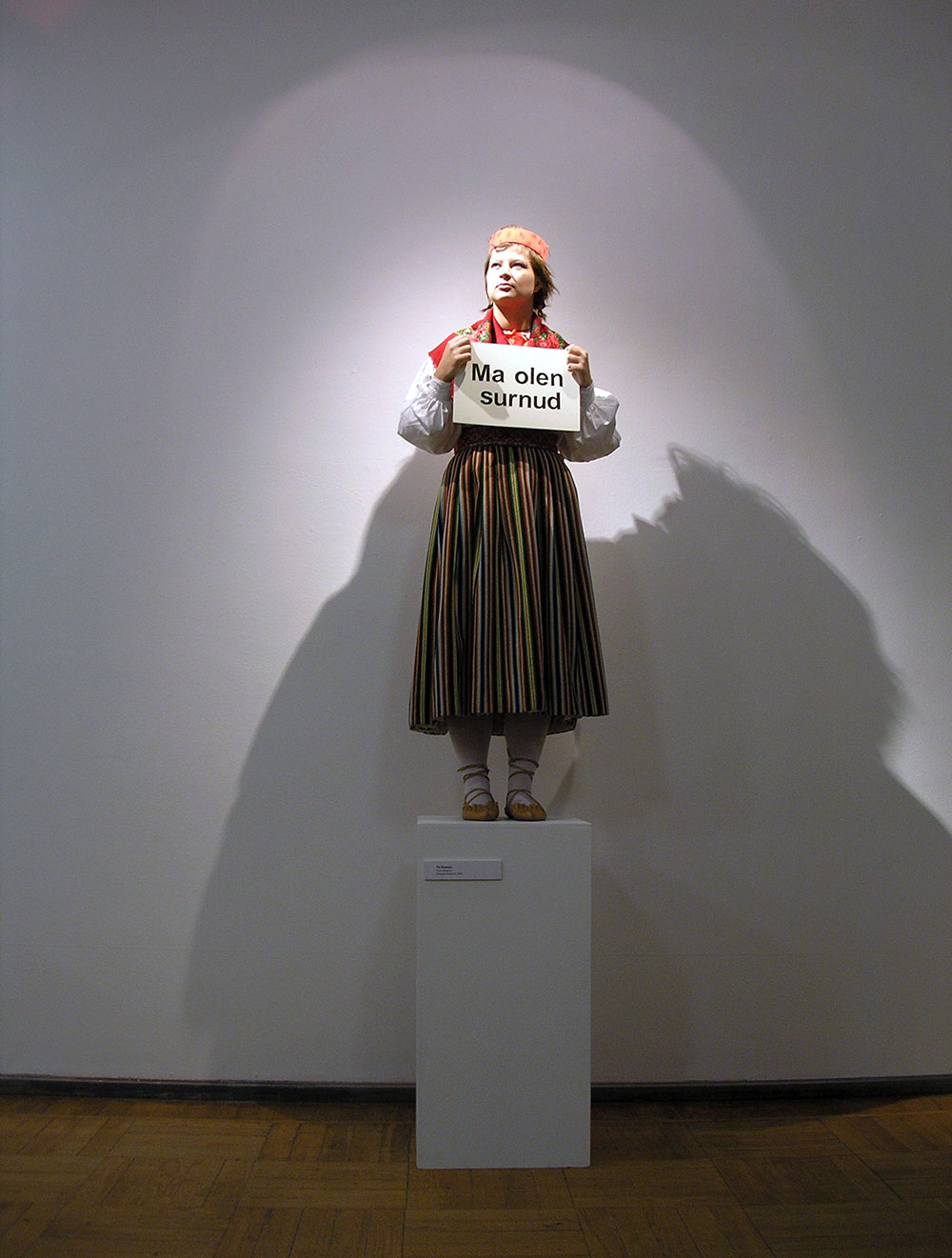 performed in Tallinn Arthall, Estonia (2005)">
performed in Tallinn Arthall, Estonia (2005)">
